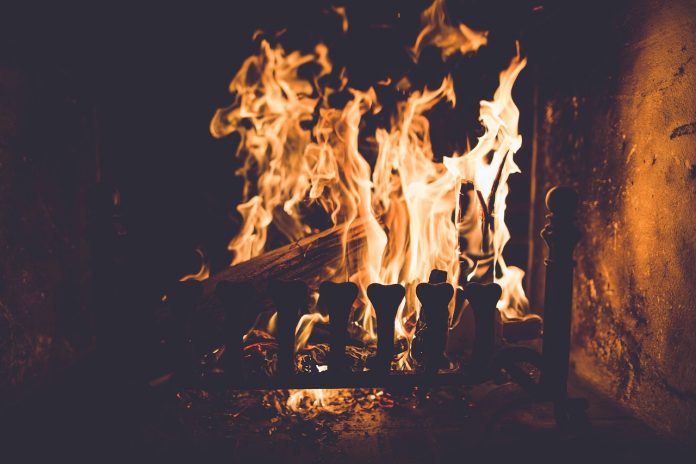NEW YORK — Plenty of things heat up when the temperature drops, including the risk for fire hazards.
Fireplaces, stoves, heating systems, candles, and even electric lights are used more often during the winter than any other time of year, so it makes sense that the risk of home fires increases when the mercury drops.
The U.S. Fire Administration says 905 people die in winter home fires each year.
Cooking is the leading cause of all home fires and contributes to around $2 billion in property loss each year. Understanding potential risks and exercising caution can help homeowners protect themselves, their families and their homes from fire.
Cooking
Home heating fires peak between the hours of 6 p.m. and 8 p.m. when many people are home preparing dinner. The following steps, courtesy of the American Red Cross, can improve safety in the kitchen and reduce the likelihood of a home fire.
- Never leave cooking food unattended, as it can take just seconds for fires to ignite.
- Keep anything that can catch fire away from the stove or other appliances that generate heat.
- Clean regularly to prevent grease buildup.
- Make sure appliances are turned off before leaving the room or going to bed.
Heating
The National Fire Protection Association warns that heating is the second leading cause of home fires, deaths and injuries in the United States. The NFPA offers these safety guidelines.
- Install heating appliances according to manufacturers’ instructions or have a professional do the installation.
- Fuel-burning equipment needs to vent to the outside.
- Never use an oven to heat a home.
- Keep anything that can burn away from heating equipment, including portable space heaters.
- Clean and inspect heating appliances regularly.
- Turn off portable heaters when leaving the room or going to bed.
Electric
The National Safety Council estimates that between 600 and 1,000 people die each year from electrocution. Electricity also can contribute to home fires. The Energy Education Council offers these safety suggestions.
- Never force plugs into outlets.
- Check that cords are not frayed or cracked. Do not run cords under carpets or place them in high-traffic areas.
- Use extension cords only on a temporary basis.
- Make sure light bulbs are the proper wattage for fixtures.
- Install ground fault circuit interrupters in kitchens, baths, laundry rooms, and elsewhere, making sure to test them regularly.
- Check periodically for loose wall receptacles and loose wires. Listen for popping or sizzling sounds behind walls.










